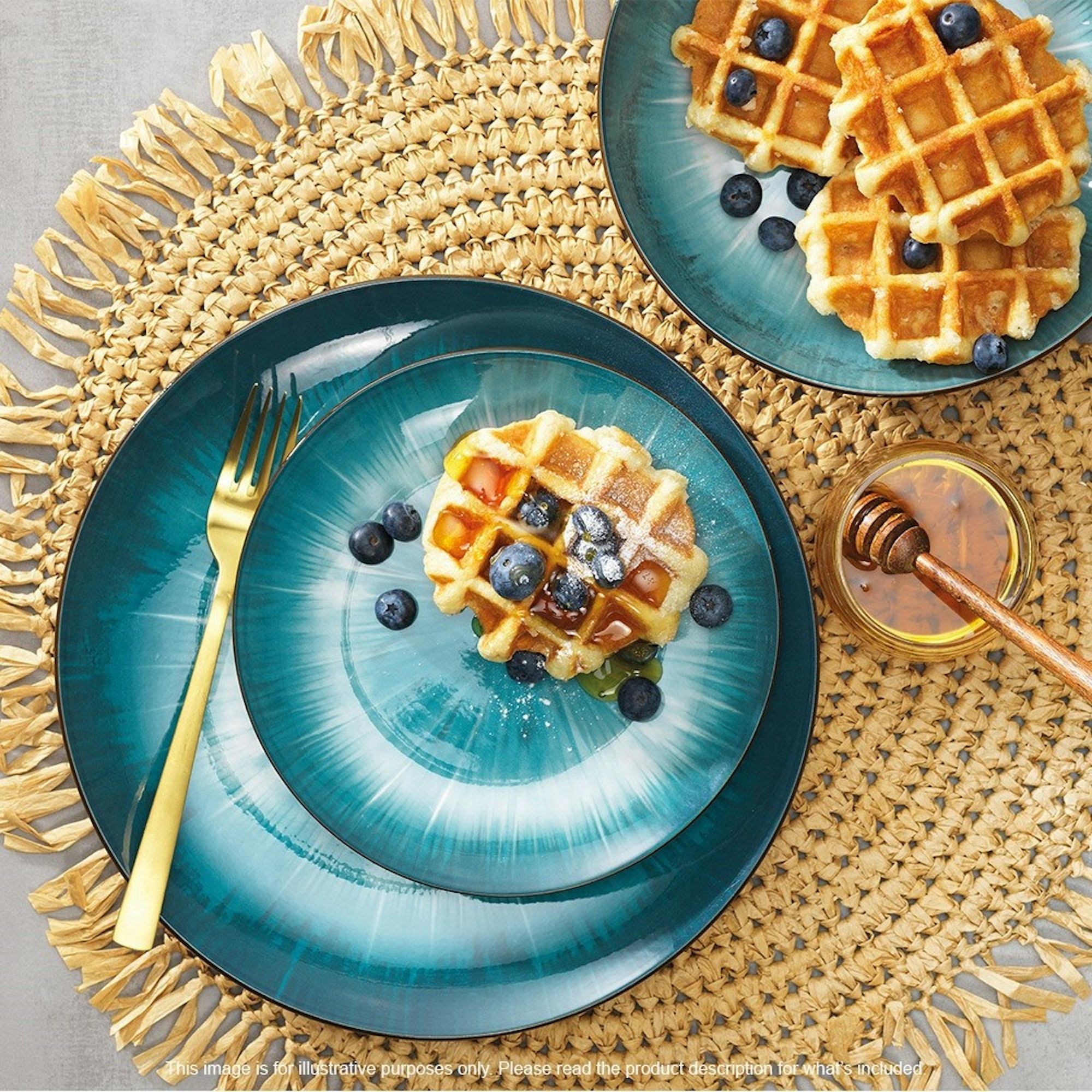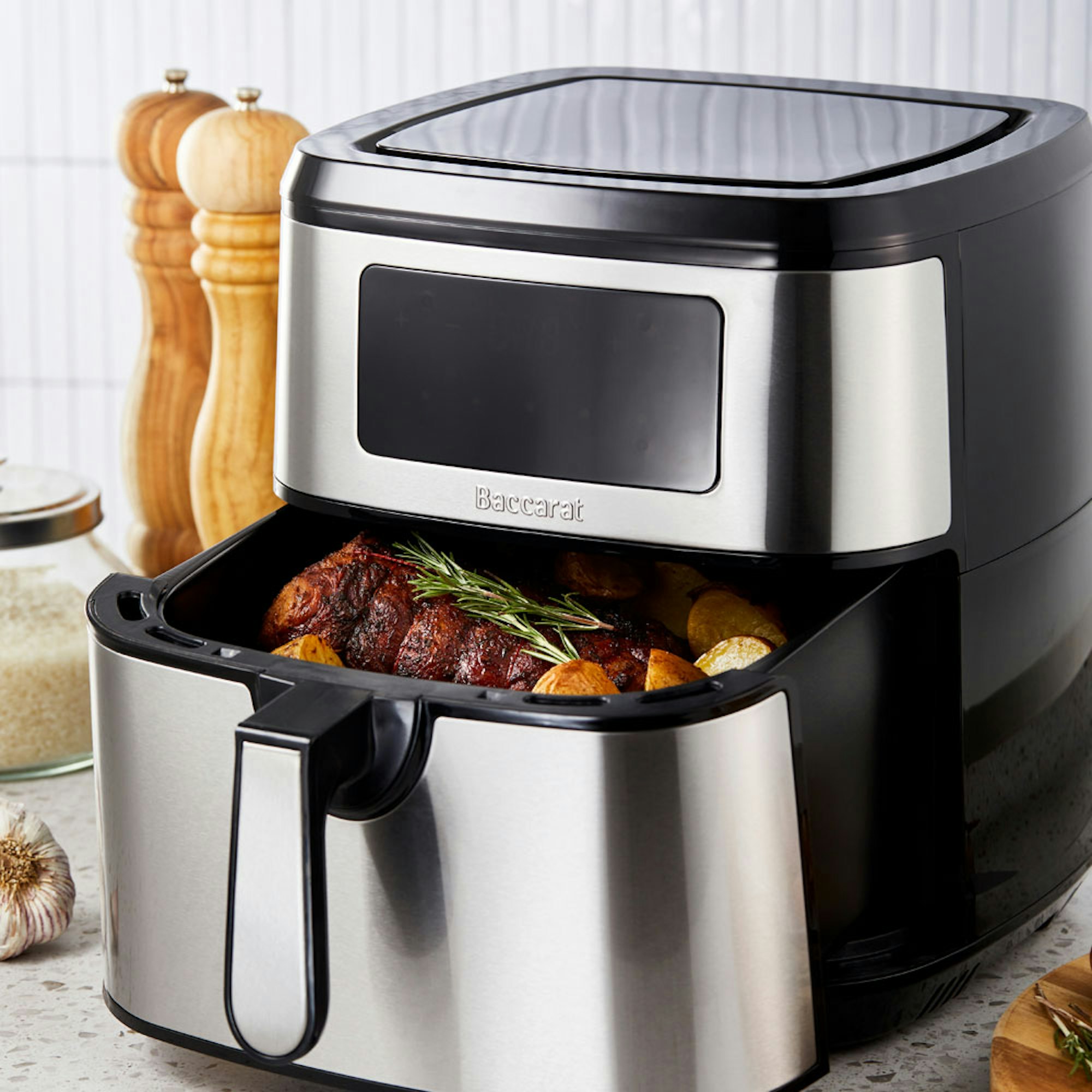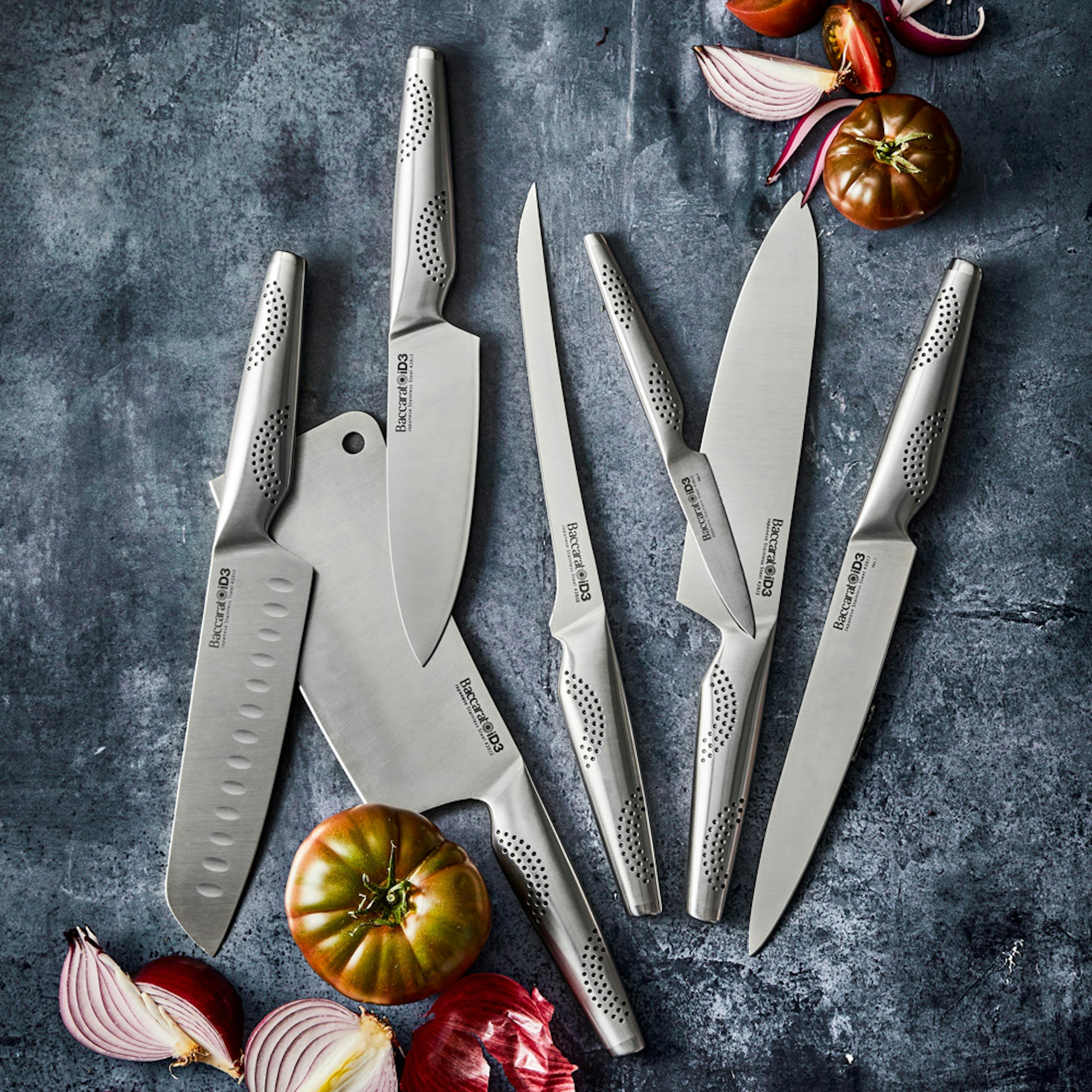What’s the Difference in Dinnerware Materials?
Find out the difference between the three most popular dinnerware materials, bone china, stoneware & porcelain at Robins Kitchen now for your dining ware.
Bone China, Porcelain & Stoneware: What’s the difference?
Bone China, Porcelain, and Stoneware, they all look similar but what’s the difference? When choosing among the different types of dinnerware, it is important to understand what makes each piece unique and the properties of each material. That’s why we are here to answer your questions.
Porcelain
Porcelain dinnerware is primarily constructed of fine feldspar, kaolin, and quartz, and is fired at an extremely high temperature. Porcelain becomes vitrified during the second firing of a two-fire process. This makes the resulting dinnerware extremely durable and nonporous. This process also allows the body to be thinner and more delicately constructed. Once fired, it is covered with a clear glaze that helps the white colour show more prominently. Porcelain is great for dinnerware as it is non-stick, non-porous and dishwasher safe.
Bone China
As the name suggest, bone China is made by mixing in animal bone ash with porcelain clay. The quality of the finished product is based on how much bone is in the mixture. A high-quality bone China should contain 30% bone can go as high as 50%. Bone China has a unique colour tone, usually a creamy soft white colour compared to porcelain that does not contain any cow bone ash content. It’s easier to see the difference between porcelain and bone China when you lift a place under the light. Bone China is more translucent and will let more light in compared to porcelain. Although bone China has a refined and delicate look, it is considered quite durable. Typically, bone China is more expensive due to the manufacturing process and overall elegant perception.
Stoneware
Unlike porcelain, stoneware is made from unrefined clay. The body of stoneware is thicker and more opaque than finer materials like porcelain. Stoneware goes through a single firing process resulting in warmer, more natural colours. This makes it easy to distinguish between stoneware and porcelain despite a similar looking finished product. Simply turn it over to the base, if it’s bright white, it will be porcelain and if its darker or murkier tone it is stoneware. Most good quality stoneware is very versatile to use, it can go in the microwave, dishwasher, oven, and freezer. It is also considered very durable, scratch resistant and is easy to clean.







